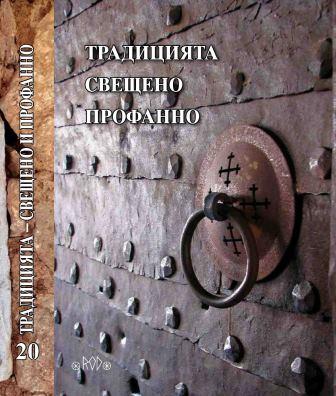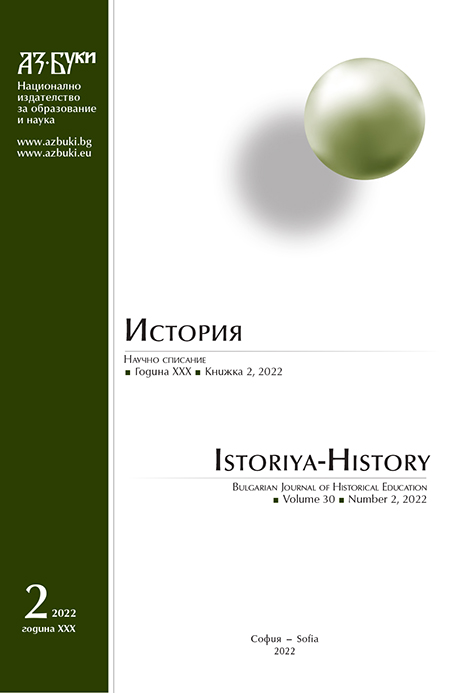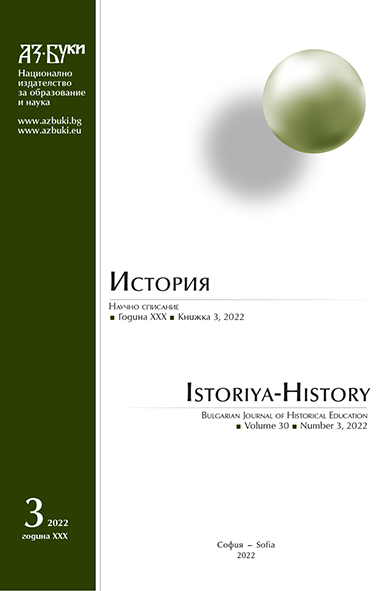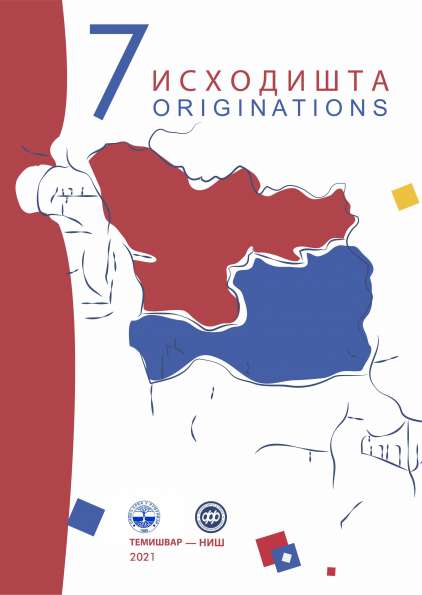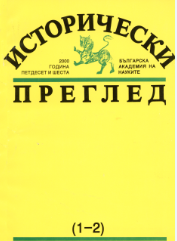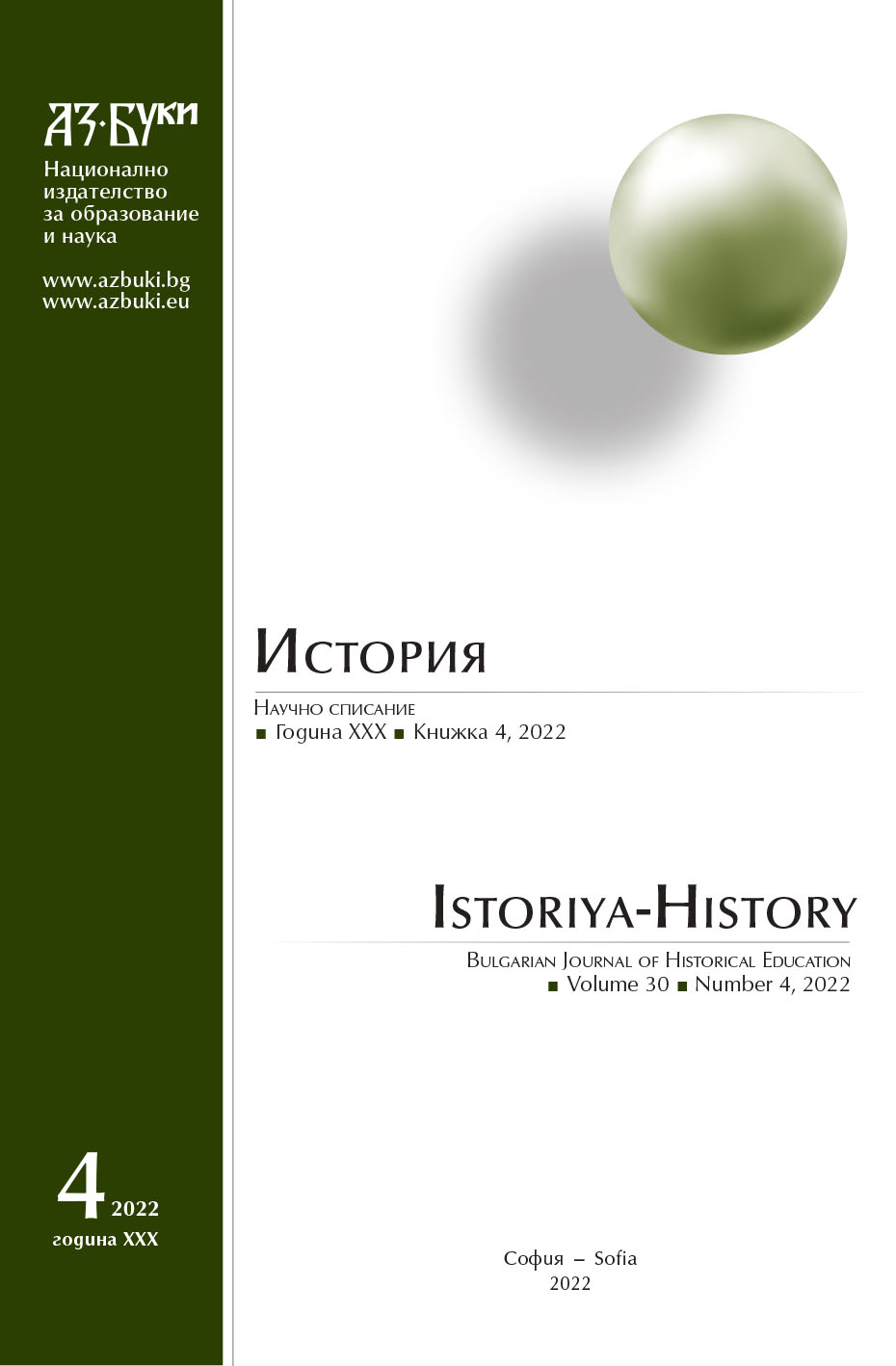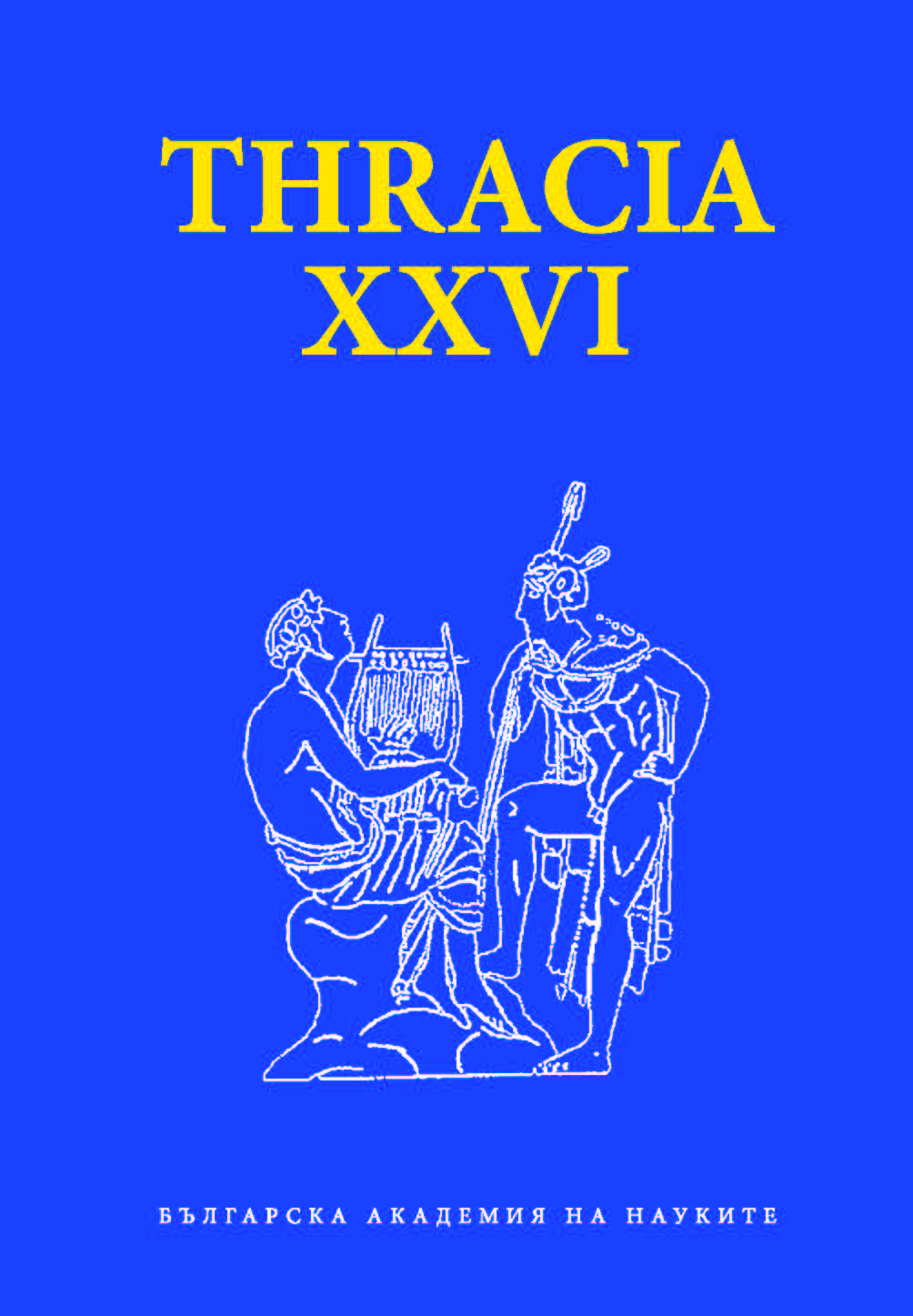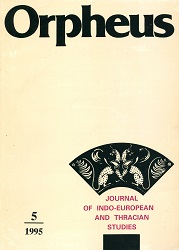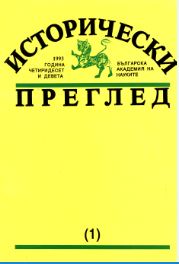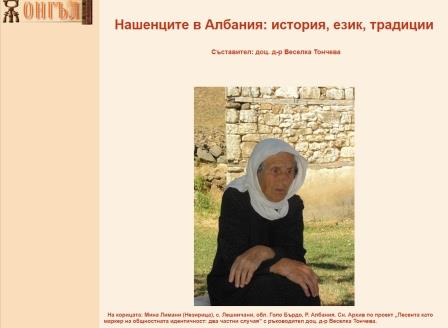Author(s): Ralica Ruseva / Language(s): Bulgarian
Issue: 8/2014
This article deals with a representations of the Holy Heptarithmoi (the Seven Slavic Saints), as well as of St John Kukuzel, St John Vladimir and of New Martyr St Nicodemos of Vithkuq by icon-painters of the family of Constantine and Athanasios from Korçë and the family Chetiri (John, George, Nahum, Nicholas) at the churches of Holy Virgin(1744) in the Monastery of Ardenica, St Peter and St Paul (1764) in Vitquki, St George (1782) in Libosh, St Nicholas (1795) in Vanaj, the Annunciation (1806) in Kozare and on the iconostasis of the Church of the Assumption in Berat. Brought together, the works by these two families of icon-painters outline a particular geographical region (Muzakia) and a timeline scope, where images of the Holy Heptarithmoi have been heavily present. 106 The Printing house in Moschopolis was playing a great role of in reviving , popularising, enriching and widening of the cult of Slavic saints. This new stage in establishing the cult of Slavic saints was carried out not only in the field of the written word but also in the field of Church art. Alongside with publishing offices and saints Vita, the pictorial aspect of cult got a steady push ahead. According to the study, the activity of the Bishops of Berat also underlay this process. In the second half of eighteenth century, in the monuments of the territory of Albania a general iconographic scheme of the composition of the Holy Heptarithmoi was formed, which underwent some internal variations. The representation of the Holy Heptarithmoi has already found its permanent place in the „topography‟ of churches: on the western wall of the naos, next to the entrance, as protectors and patrons of the Church area. On the monuments under consideration the images of St John Vladimir and of St Nicodemos of Vithkuq also have a permanent place in the iconographic programme of the churches: on the north wall amidst the standing saints. The images under review fill in the gaps in the chronology and development of the iconography of Slavic Saints, enriching the overall picture we have for the Arts as well as for the general historical trends of the given period.This article deals with a representations of the Holy Heptarithmoi (the Seven Slavic Saints), as well as of St John Kukuzel, St John Vladimir and of New Martyr St Nicodemos of Vithkuq by icon-painters of the family of Constantine and Athanasios from Korçë and the family Chetiri (John, George, Nahum, Nicholas) at the churches of Holy Virgin(1744) in the Monastery of Ardenica, St Peter and St Paul (1764) in Vitquki, St George (1782) in Libosh, St Nicholas (1795) in Vanaj, the Annunciation (1806) in Kozare and on the iconostasis of the Church of the Assumption in Berat. Brought together, the works by these two families of icon-painters outline a particular geographical region (Muzakia) and a timeline scope, where images of the Holy Heptarithmoi have been heavily present. 106 The Printing house in Moschopolis was playing a great role of in reviving , popularising, enriching and widening of the cult of Slavic saints. This new stage in establishing the cult of Slavic saints was carried out not only in the field of the written word but also in the field of Church art. Alongside with publishing offices and saints Vita, the pictorial aspect of cult got a steady push ahead. According to the study, the activity of the Bishops of Berat also underlay this process. In the second half of eighteenth century, in the monuments of the territory of Albania a general iconographic scheme of the composition of the Holy Heptarithmoi was formed, which underwent some internal variations. The representation of the Holy Heptarithmoi has already found its permanent place in the „topography‟ of churches: on the western wall of the naos, next to the entrance, as protectors and patrons of the Church area. On the monuments under consideration the images of St John Vladimir and of St Nicodemos of Vithkuq also have a permanent place in the iconographic programme of the churches: on the north wall amidst the standing saints. The images under review fill in the gaps in the chronology and development of the iconography of Slavic Saints, enriching the overall picture we have for the Arts as well as for the general historical trends of the given period.
More...
